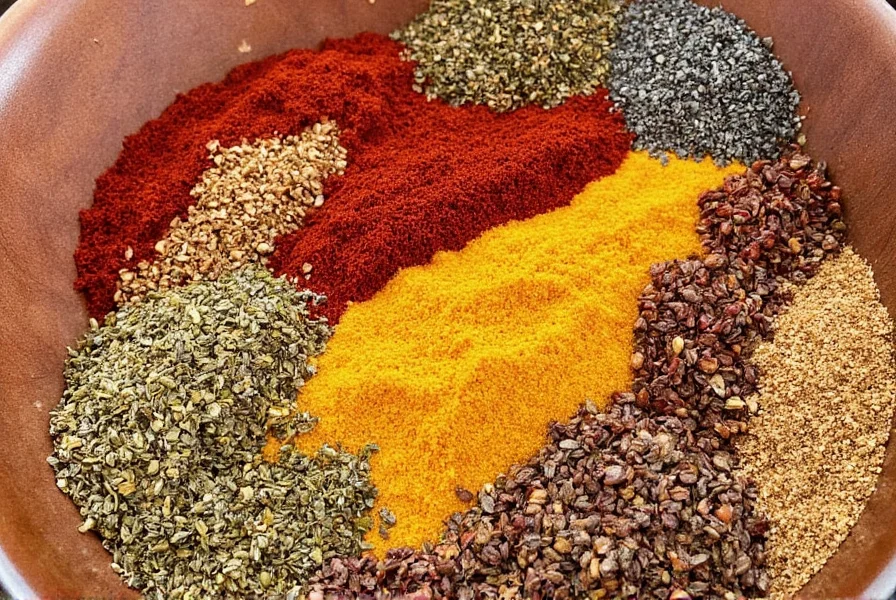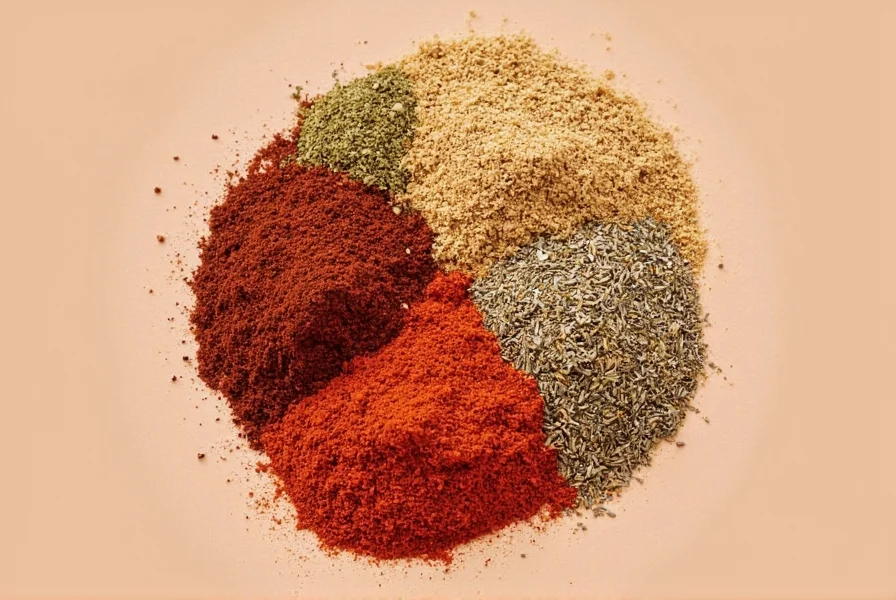Table of Contents
Introduction to Papikia
Spices have always been the unsung heroes of cooking, transforming simple ingredients into culinary masterpieces. Among these, one spice that has been quietly making waves is papikia. While it may not be as widely known as cumin or paprika, its unique flavor and versatility make it a must-have in any spice cabinet. Whether you're a seasoned chef or just starting out, understanding what papikia is, how it tastes, and how to use it can elevate your cooking game significantly.

What Is Papikia?
Papikia, also known as pepperleaf, is a tropical herb native to regions like India, Southeast Asia, and parts of Africa. Despite its name, it's not related to black pepper but rather belongs to the *Anacardium* family, which includes cashews and mangoes. The leaves are typically used in cooking, offering a mildly spicy and slightly peppery flavor, often compared to a cross between chili and mint.
It's commonly found in South Indian cuisine, especially in dishes like sambar and rasam, where it adds a subtle heat and aromatic depth. In some regions, it's even used in tea or as a natural remedy for digestive issues.

The Flavor Profile of Papikia
The flavor of papikia is complex and multi-dimensional. On the surface, it has a mild spiciness, similar to a gentle chili. However, beneath that heat lies a refreshing, almost minty undertone that gives it a distinctive freshness. This combination makes it a versatile ingredient that can add depth without overwhelming other flavors.
Some people describe the taste as a mix between a green chili and fresh coriander. Others note a citrusy tang, reminiscent of lime or lemongrass. This versatility allows it to be used in both savory and sweet dishes, depending on the recipe and how it's prepared.
| Flavor Attribute | Papikia | Green Chili |
|---|---|---|
| Heat Level | Mild | Moderate to High |
| Primary Flavor | Peppery + Minty | Spicy + Earthy |
| Aftertaste | Citrusy + Refreshing | Smoky + Lingering |
Culinary Uses of Papikia
Papikia is a staple in many traditional cuisines, especially in South Asian cooking. Its ability to add a gentle heat while enhancing the overall aroma of a dish makes it a valuable addition to various recipes. Here are some popular ways to use it:
- Sambar: A classic South Indian lentil soup where papikia is often added towards the end of cooking to preserve its flavor.
- Rasam: A tangy soup made with tamarind, tomatoes, and spices, where papikia adds a subtle kick.
- Chutney: Blended with garlic, ginger, and lemon juice, papikia chutney makes a great condiment for dosas and idlis.
- Curries: Used in meat and vegetable curries to enhance the depth of flavor without overpowering the dish.
- Tea: In some regions, dried papikia leaves are brewed into a herbal tea, believed to aid digestion.
How to Use Papikia in Your Kitchen
Using papikia in your cooking is relatively straightforward, but there are a few key tips to keep in mind to get the most out of it:
- Use Fresh Leaves: Fresh papikia leaves offer the best flavor and aroma. If you can't find them, look for dried versions, but know that they may not be as potent.
- Add at the End: To preserve its delicate flavor, add papikia near the end of the cooking process, especially in soups and stews.
- Pair Wisely: It pairs well with ingredients like coconut, tamarind, and yogurt, which balance its spiciness and enhance its aroma.
- Experiment: Don't be afraid to experiment with papikia in new dishes. It can work in marinades, sauces, and even desserts if used sparingly.
Buying Guide for Papikia
If you're looking to try papikia, here are some tips on where and how to buy it:
Where to Buy
- Local Markets: In regions where it's commonly used, such as South India, you can often find fresh papikia leaves at local spice markets or grocery stores.
- Online Stores: Many international spice retailers now carry papikia, either as dried leaves or in powdered form. Look for reputable sellers who specialize in ethnic or specialty spices.
- Health Food Stores: Some health-focused shops may stock papikia as a herbal ingredient, especially if they cater to Indian or South Asian communities.
Product Features and Advantages
When purchasing papikia, consider the following factors:
- Freshness: Fresh leaves should be vibrant green, firm, and free from wilting or discoloration.
- Sourcing: Choose products sourced from organic or sustainable farms to ensure quality and environmental responsibility.
- Usage: Dried papikia can be used in teas or ground into a powder for spice blends, while fresh leaves are ideal for cooking directly into dishes.
Target Audience and Suitable Occasions
Papikia is particularly appealing to:
- Cooking Enthusiasts: Those who enjoy experimenting with new spices and flavors.
- Culinary Professionals: Chefs looking to add depth and complexity to their dishes.
- Health-Conscious Individuals: Those interested in using natural, plant-based ingredients for their potential digestive benefits.
It's perfect for casual meals, holiday feasts, or even as a unique addition to modern fusion cuisine.
Practical Tips for Cooking with Papikia
Here are some practical tips to help you make the most of papikia in your kitchen:
- Start Small: Since papikia has a strong flavor, start with a small amount and adjust to taste.
- Use in Moderation: Overusing it can result in an overpowering heat, so it's best to use it sparingly.
- Pair with Cool Ingredients: Balance its heat by pairing it with cooling elements like yogurt, cucumber, or mint.
- Try Different Forms: Experiment with both fresh and dried forms to see which you prefer.
- Store Properly: Fresh leaves should be stored in a cool, dry place or refrigerated. Dried leaves can be kept in an airtight container away from moisture.
Frequently Asked Questions About Papikia
What exactly is papikia?
Papikia, also known as pepperleaf, is a tropical herb native to India, Southeast Asia, and parts of Africa. Despite its name, it's not related to black pepper but belongs to the Anacardium family (which includes cashews and mangoes). The leaves are used in cooking for their mildly spicy and slightly peppery flavor.
Is papikia the same as curry leaf?
No, papikia is not the same as curry leaf. While both are used in South Indian cooking, they come from different plants and have distinct flavor profiles. Curry leaves have a more citrusy, nutty flavor, while papikia has a mild spiciness with minty and citrus undertones.
How spicy is papikia compared to chili peppers?
Papikia has a mild heat level, significantly less than most chili peppers. Its heat is subtle and balanced by minty and citrus notes, making it suitable for those who prefer gentle warmth rather than intense spiciness.
Where can I buy papikia outside of India and Southeast Asia?
Outside its native regions, papikia can be found at specialty Indian grocery stores, some larger Asian markets, and increasingly through online spice retailers. Look for it as "papikia leaves," "pepperleaf," or sometimes by its regional names.
Can I substitute papikia if I can't find it?
While no substitute perfectly replicates papikia's unique flavor, you can try a combination of fresh mint leaves and a small amount of green chili for a similar effect. Some chefs use a pinch of black pepper with fresh coriander as an alternative.
How should I store fresh papikia leaves?
Store fresh papikia leaves wrapped in a slightly damp paper towel inside a plastic bag in the refrigerator. They should stay fresh for about a week. For longer storage, you can freeze the leaves or dry them and store in an airtight container.
Are there any health benefits associated with papikia?
Traditionally, papikia has been used for digestive support. Like many herbs, it contains antioxidants and may have anti-inflammatory properties, though scientific research on its specific health benefits is limited.
Conclusion
Papikia may not be a household name in every kitchen, but its unique flavor and versatility make it a valuable addition to any spice collection. Whether you're looking to enhance your favorite dishes or explore new culinary horizons, papikia offers a delightful way to infuse your food with a touch of warmth, freshness, and authenticity. So next time you're in the market for something new and exciting, give papikia a try—it might just become your new favorite spice.










 浙公网安备
33010002000092号
浙公网安备
33010002000092号 浙B2-20120091-4
浙B2-20120091-4